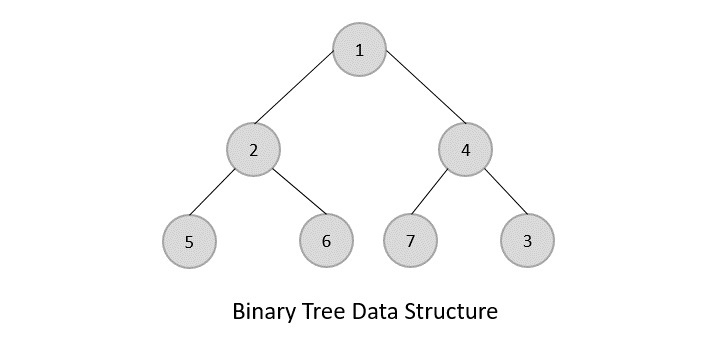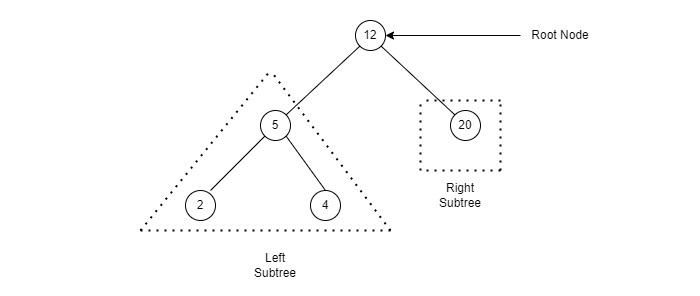This project aims to provide a comprehensive understanding of binary trees, including their basic operations and implementations in various use cases. Binary trees are an essential data structure in computer science, used for storing and organizing data in a hierarchical manner.
One of the most fundamental properties of a binary tree is that each node can have at most two children, known as the left child and the right child.
A binary tree is a data structure primarily used for storing data. It has a unique property where each node can have at most two children. This property combines the advantages of both a sorted array, allowing for fast search operations, and a linked list, enabling fast insertion and deletion operations.
A binary search tree follows a specific rule where the value of a node's left child must be less than the value of its parent, and the value of the node's right child must be greater than the value of its parent.
However, for tasks 0 to 23 (included) solely deals with simple binary trees. They are not BSTs, thus they don't follow any kind of rule.

